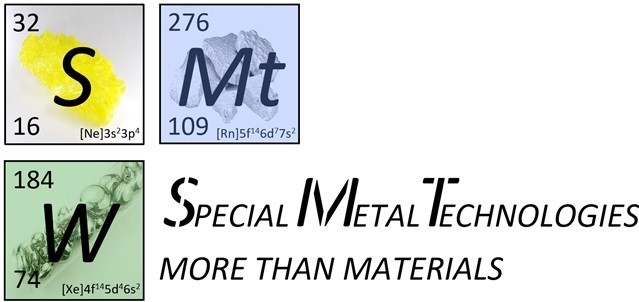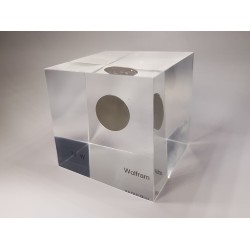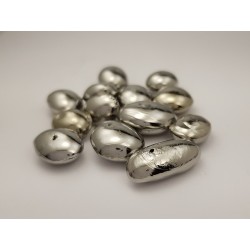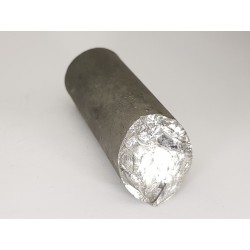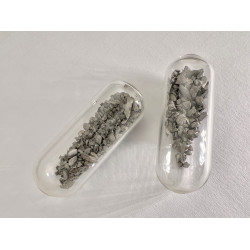Tungsten
Tungsten, with the chemical symbol W and atomic number 74, was discovered in 1781 by the Spanish chemist Juan José Elhuyar, who isolated it along with his brother Fausto. The name originates from the Swedish term "wolfram," meaning "devourer," as the ore from which it is derived consumed tin and affected tin production.
While tungsten doesn't exist in its pure form on Earth, it is found in various minerals like scheelite and wolframite, constituting about 0.0015% of the Earth's crust. Tungsten is renowned for its extremely high melting point and hardness, making it valuable in metalworking and high-temperature applications. The production route of tungsten begins with mining tungsten minerals, with extraction and refinement carried out through various chemical processes. The main production countries for tungsten are China, Russia, and Vietnam. China stands as the world's largest producer of tungsten, and the availability of this strategically important element influences the global industry. Tungsten remains a key element in metallurgy and the production of high-performance materials.
